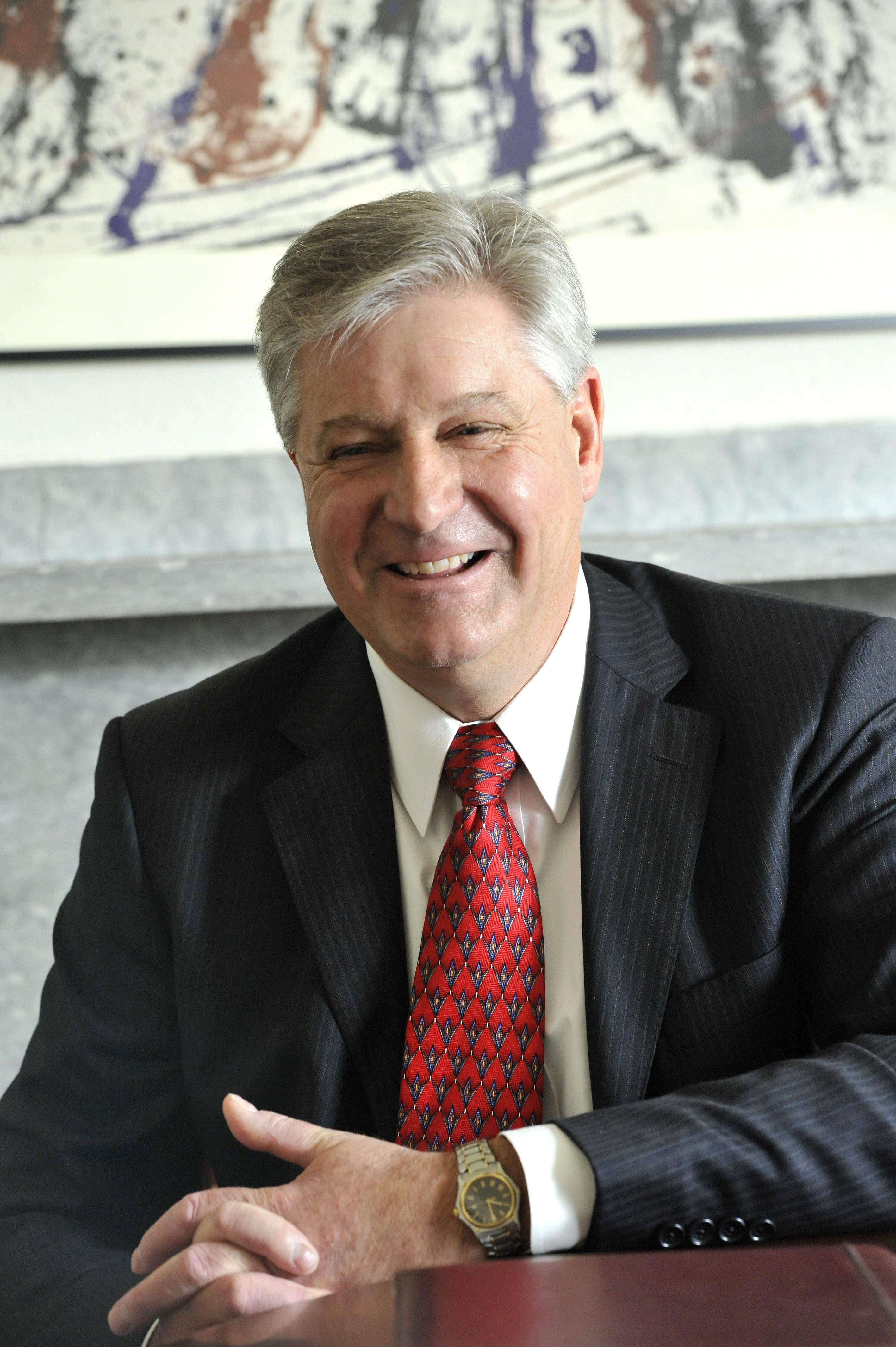
As an alumnus, a parent, and a member of the faculty and administration, I have taken part in many Penn graduations. Even so, this May’s ceremony was special for me. For the first time, as I celebrated the accomplishments of all our Arts and Sciences students—the College Class of 2014, the scholars who earned their doctoral degrees, and the many professional and non-traditional students who completed master’s and other programs—I did so with an understanding of what’s under the hood. Over the course of my first year as dean, I have learned a lot about the impressive group effort that results, every academic year, in over 2,100 new Penn Arts and Sciences alumni.
So what is under the hood? First of all there is an unbelievable churn of activity surrounding faculty recruitment. Competing against the top programs in the world’s best universities to attract leaders in their disciplines—who also bring a broad perspective that can feed new directions of inquiry and are dedicated to excellence in teaching—is a major undertaking. I’m proud to say that we have had some notable successes this year. Academic stars like Heather Williams, one of the world’s leading historians on the experience of slavery, and noted Biblical and Jewish studies scholar Steve Weitzman will inspire both their colleagues and our students for many years to come.
Then there is the work associated with making the Penn Arts and Sciences student experience even better. The campus-wide process for reaccreditation by the Middle States Commission on Higher Education, which takes place every 10 years, was a major focus for us last year. This exercise provided us with encouraging feedback on our ongoing efforts to assess how successful our programs are in meeting stated educational outcomes. And innovations in education are always underway. In the new undergraduate structured active in-class learning—or SAIL—courses in the sciences, students spend their class time solving problems and interpreting data or evidence. You can read more about one of these classes on page 32. Then there are new options like our just-launched Master of Chemical Sciences program, the first of its kind in the Ivy League, which offers current and aspiring professionals in the chemical sciences a path to build their expertise in a compact time frame.
Much of my time last year was spent looking even further under the hood: engaging with our faculty in an intensive strategic planning process. This consultative phase involved conversations about our future that began in 14 working groups involving over a quarter of the faculty. Two of these working groups—on diversity and innovation—are new standing councils that will provide a structure for progress in these critical areas. Other groups addressed our core research and teaching activities, while still others explored emerging interdisciplinary academic themes that might present special opportunities for major advances in research, education, and engagement. The planning process has been an extraordinary learning experience for me, and for our faculty, it’s been an opportunity to consider the impact of what we do in the broadest sense.
The work of our entire community has continued over the summer months. Our students traveled to locations well beyond campus to put their learning to work in internships, employment, research projects, and service experiences. Faculty have been pursuing the issues that they are most passionate about through research in the field, in archives and labs, and with collaborators worldwide. And in the dean’s office, I have continued to work closely with my colleagues to use the tremendous input we received through our consultative planning process, fine-tuning the School’s efforts, aligning our gears, and maximizing the School’s potential for years to come.


